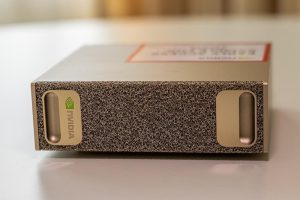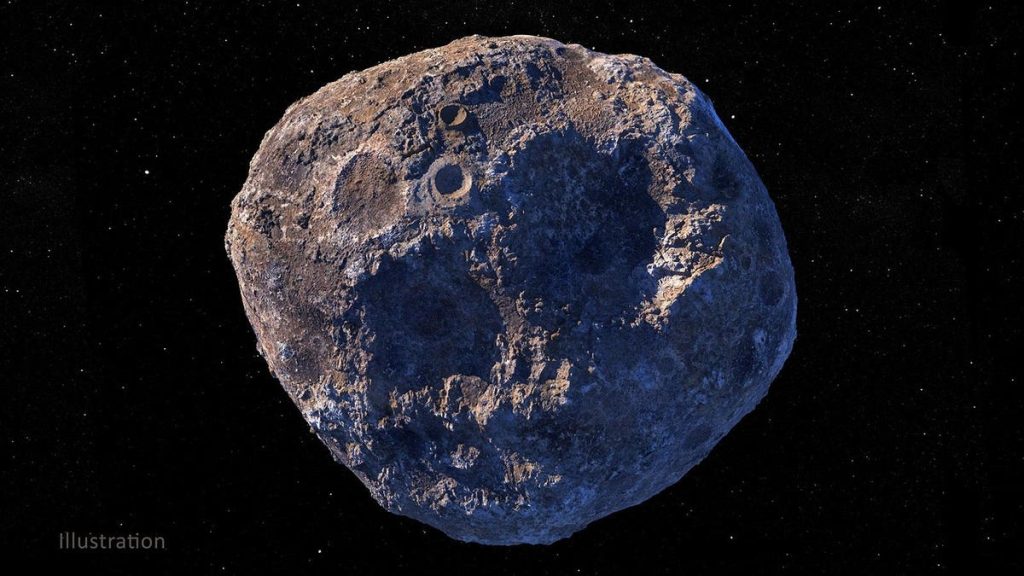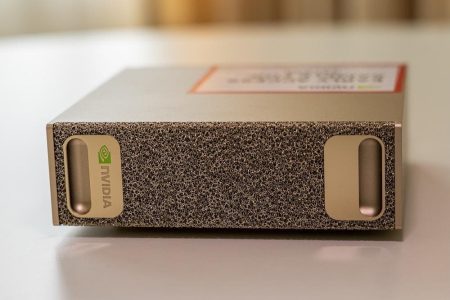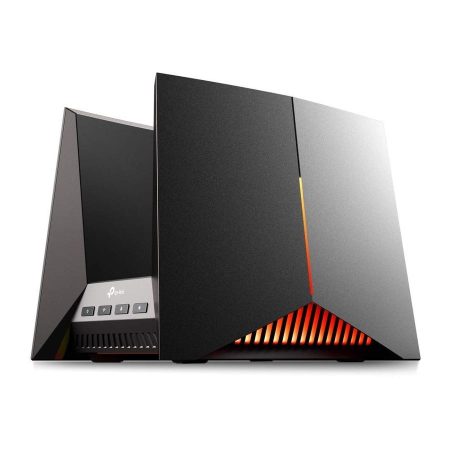NASA is on the cusp of a unique new mission when its Psyche spacecraft blasts off atop a SpaceX Falcon Heavy rocket later this week.
When the solar-powered spacecraft reaches its target in 2029 it will beam back images of a metal-rich asteroid for the first time. So reflective is this asteroid that planetary scientists think it may be the core of a failed planet, giving them insights into how planets like Earth formed in the early solar system.
Here’s everything you need to know about NASA’s Psyche mission—surely one of its most exciting adventures for many years:
What Is Psyche?
It’s both a unique asteroid (technically called 16 Psyche) and a NASA spacecraft about to go explore it. “We named the mission Psyche so that no one would forget what we’re doing,” said Lori Glaze, director, Planetary Sciences Division, NASA Headquarters in Washington.
The potato-shaped asteroid, which measures 173 miles (280 kilometers) at its widest point is one of nine asteroids known that appears to be made largely from metal. We know this because it’s extraordinarily reflective. It was the 16th asteroid ever discovered (hence its name) in 1862.
Where Is Psyche?
In a backyard telescope, 16 Psyche is tiny. Even in the Hubble Space Telescope it covers just a couple of pixels.
Orbiting the sun in an elliptical path, Psyche is always between 235 million miles (378 million kilometers) to 309 million miles (497 million kilometers) from our star in the asteroid belt between Mars and Jupiter. That’s about three times farther away from the sun than Earth is.
However, the spacecraft’s six-year journey to the asteroid will total over about 2.2 billion miles (3.6 billion kilometers) because it can’t travel in a straight line. Its journey is convoluted, with a flyby of Mars in May 2026 to give it a speed-up:
When The Psyche Mission Will Launch
The Psyche mission is scheduled to launch at 10:38 a.m. EDT on Thursday, Oct. 5, 2023, from NASA’s Kennedy Space Center in Florida, the Psyche mission is a journey to a metal asteroid orbiting the sun between Mars and Jupiter. It will go from the center’s Launch Complex 39A atop a SpaceX Falcon Heavy rocket—the first NASA planetary mission to do so.
Why The Psyche Mission Is So Exciting
What the mission learns from the metal-rich asteroid may tell us more about how planets form, but in truth planetary scientists don’t know what they will find at 16 Psyche. “We have visited—either in person or robotically—bodies made of rock like Mercury, Venus, Mars and our moon and bodies made of ice and gas like Jupiter and the outer giant planets,” said Lindy Elkins-Tanton, principal investigator of Psyche, Arizona State University. “But what we have never seen before is a body with a largely metal surface—and that’s what we think Psyche is.”
The journey to reveal the singular largest metallic object in our solar system is a unique opportunity. “When we get to Psyche we’re going to learn about a previously unstudied ingredient that went into making our habitable Earth—the metal that is now in the Earth’s core and the cores of all of the rocky planets,” said Elkins-Tanton. These are, of course, cores scientists can never visit.
Why NASA Thinks Psyche Is Made Of Metal
All planetary astronomers have seen of Psyche so far is a speck of light. So how can they be confident that it’s so metallic? “We’re pretty confident that Psyche is largely made of metal and partly has a metal surface because of its density,” said Elkins-Tanton. “It’s currently the densest known asteroid.”
That can be gleaned not only from the way that light and radar reflect off it, but from comparing the spectrum of the light ir reflects to those of meteorites that have fallen to Earth.
What The Asteroid Will Look Like
Every image you see of 16 Psyche is an artist’s impression—a best guess. That’s because this mission is primary exploration. Over 26 months, from 2029, the Psyche spacecraft will take images, measure its magnetic field, probe its internal structure and measure what it’s surface is made of.
Don’t expect shiny glitter. “I would love for it to look like a shiny polished palisade meteorite with shiny silver metal and beautiful golden-green jewel-like silicate minerals in between—but it’s not gonna look like that,” said Elkins-Tanton. “No one’s gone to Psyche, cut it up and and polished it, it’s been hanging out in space getting solar wind hitting it for a really long time.”
Despite the plethora of metals suspected to exist at Psyche, anything other than iron and nickel will be dissolved within those metals. “I do have a hope that in the distant past the baby Psyche maybe had active sulfur volcanoes on it—we think that could have happened, in which case there could be goldish-green on part of the surface,” said Elkins-Tanton. On board the spacecraft is a multispectral imager, so we should get some idea of colors.
What The Psyche Spacecraft Looks Like
Right now it’s curled up inside the rocket fairing, but as soon as it gets into space it will unfurl to reveal huge wing-like solar panels with 800 square feet of solar collecting surface. They will power the spacecraft’s solar electric propulsion system, which will generate the thrust needed to power the vehicle on its 2.2 billion mile journey.
About 10 feet tall and eight feet square on the bottom, the spacecraft has a high gain antenna to communicate with Earth. A bunch of instruments—including cameras—are fixed to the exterior.
What Will Happen In 2029
Immediately after launch the spacecraft will spend 100 days in an initial checkout then fire-up its thrusters. About two and a half years after its launch a Mars flyby will give the spacecraft a gravity assist. “This slingshot will further increase our velocity in order to spiral our way out to Psyche in the main asteroid belt,” said Henry Stone, project manager for Psyche at NASA’s Jet Propulsion Laboratory in Pasadena, California. “In June or July 2029 our imagers will start to take pictures of Psyche and we’ll see it getting bigger and bigger—and we’ll use those images to optically navigate our way to Psyche.”
The spacecraft will drop into orbit in August of 2029.
Psyche’s Four Altitudes
Once at its destination the spacecraft will orbit Psyche multiple times at four different altitudes—a safe 440 miles above for two months. That will help the engineers make a decision about what to do next based on the shape and the strength of Psyche’s gravitational field. “We don’t know what that is right now because we haven’t been there, but it’s very important to allow us to safely navigate to lower and lower altitudes so that we can take higher and higher resolution measurements and images with all of our instrumentation in order to collect the scientific data that’s necessary to accomplish the mission.”
The hope is that the spacecraft can orbit at an altitude of just 40 miles above Psyche’s surface. The mission will end in November 2031, but it could be extended.
Wishing you clear skies and wide eyes.
Read the full article here









